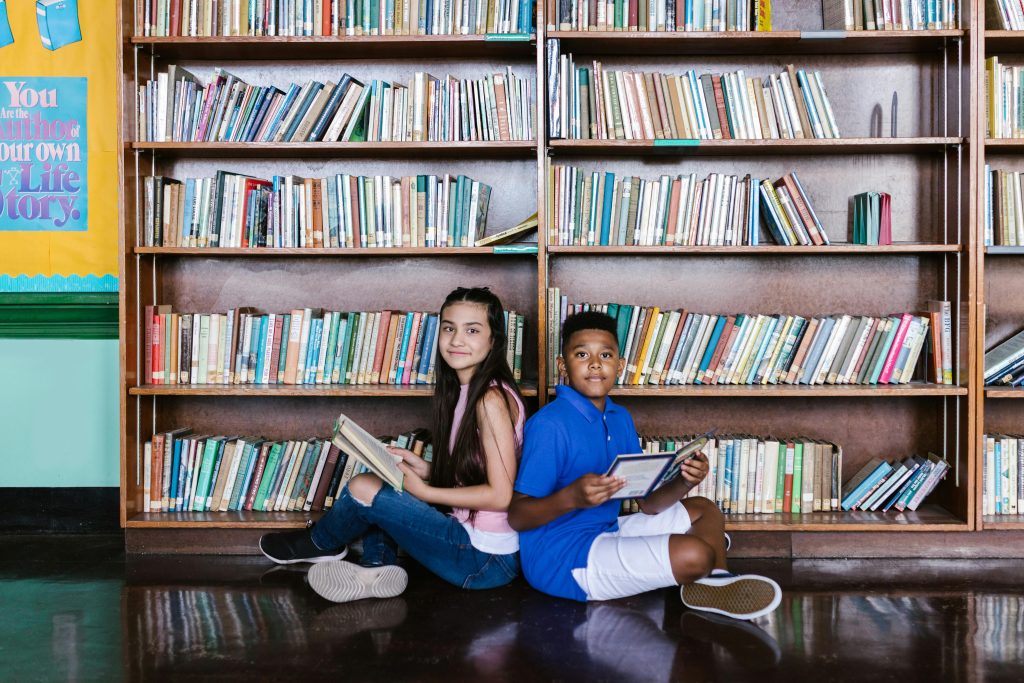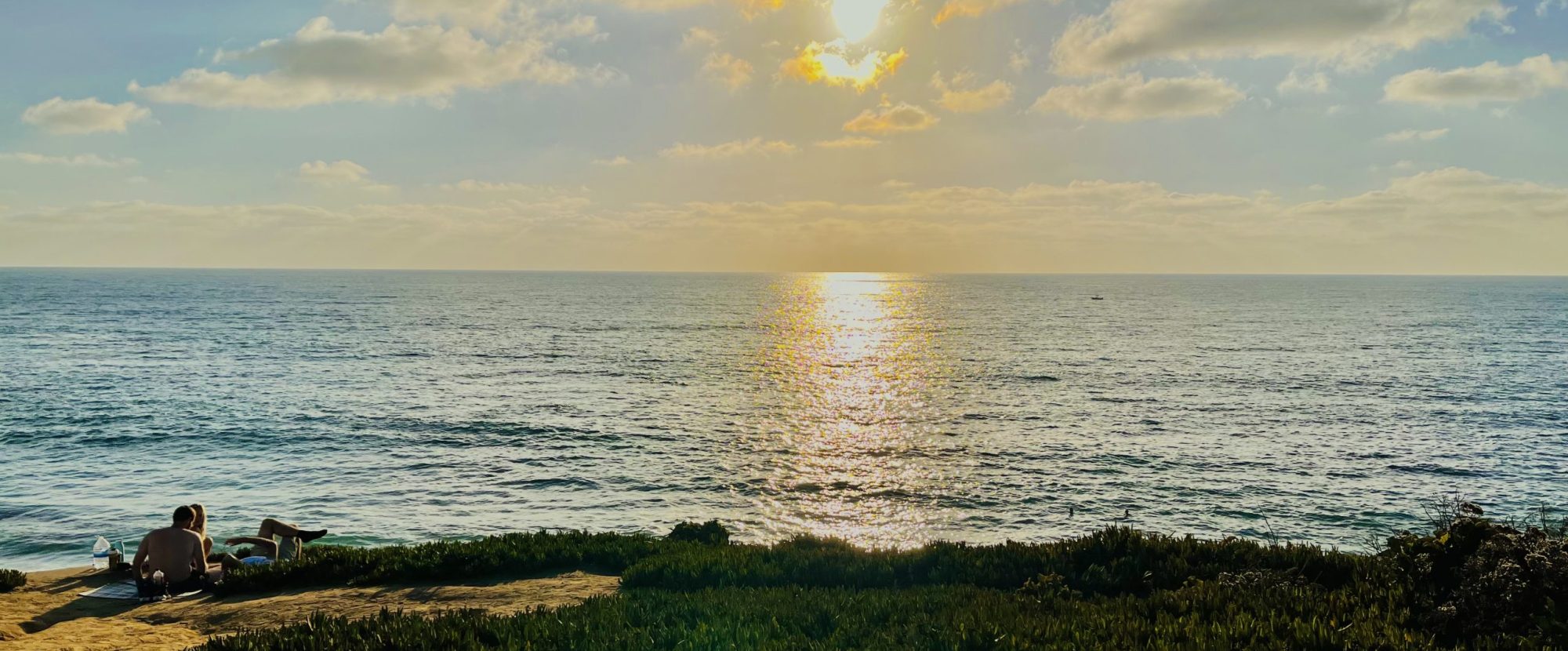As mentioned in my previous post, I regularly think about what I can do to improve the school library I manage. While I form some ideas through observation, students also, directly and indirectly, communicate to me what they want from their library. Unfortunately, my responses are, at times, inadequate. Every time I utter words such as, “I am sorry, we do not have that,” “We do not have the funds for that,” “We do not have time for that,” “We cannot do that,” or “I will see if I can do/get that,” which I say more than I would like, I feel that they substantiate the idea of the irrelevance of the school library which some have come to believe. With limited authority, time, and resources at my disposal, I continue to ask myself, what more can I do?

Note. From A Boy and Girl Sitting on the Floor While Holding Books [Photograph], by RDNE Stock project, 2021, Pexels (https://www.pexels.com/photo/a-boy-and-girl-sitting-on-the-floor-while-holding-books-8500306/).
If I were to get into the mindset that the school library is what it is and I cannot do anything about it, I would be doing a disservice to myself as a library worker and to my patrons as well. The biggest asset of my school library, and many others, I would say, is our collection (entirely physical in form). I am very mindful of the books I discard and add to the collection because they are one of the main reasons students visit the library every week—to explore the collection and get books. Books are important and influential. As expressed by Jessica Klinker (2020) in her article,
The Healing Power of Books: Using Reading to Address Social and Emotional Needs, books can provide readers with a sense of comfort or a better understanding of others. But books alone do not get people to read, at least not everyone. If school libraries are to encourage more students to be interested and excited about books and reading, then efforts must be made to get them to be. Thus, I have spent most of the library budget on new books to support our aging collection. District guidelines, student recommendations, and online reviews are considered when deciding which books to purchase. Diversifying the library collection is a priority and attainable with our funds, but increasing access through audiobooks and e-books, as mentioned by Klinker (2020), comes with its challenges. For now, what I can do is continue to inform students about the free digital resources available through other avenues, such as our public library system and other websites like Epic!.
To learn more about the realities of school libraries regarding ebooks, check out Lauren J. Young’s article in the School Library Journal, The Ins and Outs of Buying Ebooks: How To Bolster Virtual Collections During the Pandemic.


@@wendyr24 I so appreciate this practical application of what is possible within the school library space. I agree that it is important to have a collection that appeals to everyone that uses the library and it should be an up-to-date collection. I hope you can make these things work as you go forward.